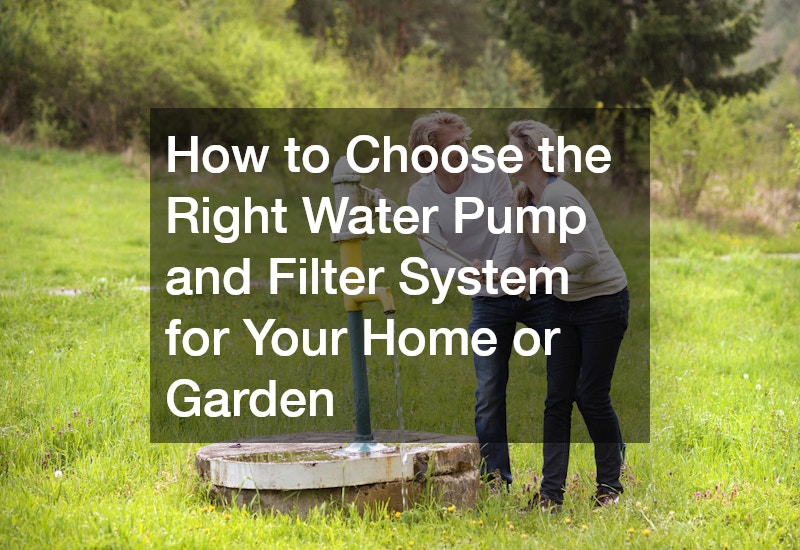Selecting the right water pump and filter system for your home or garden is more important than many realize. Whether you’re relying on ground water from a well or managing irrigation for your garden, the efficiency and reliability of your water pump and filter system directly impact your water usage, energy bills, and overall water quality. A well-chosen system supports sustainability, reduces waste, and protects your property and landscaping investment, including features like decorative concrete, patio cover installations, or even asphalt paving service projects that require proper water management around them.
With so many types of pumps, filter options, and technical considerations, it’s easy to feel overwhelmed. This handy guide will break down essential factors—from choosing the correct pump size to understanding filtration technologies. Whether you’re installing a new well pump or upgrading your current sump pump installation, knowing what to look for helps you avoid costly mistakes. You’ll also learn about key materials for durability, energy efficiency concerns, and when to call in a professional.
By the end of this guide, you’ll be equipped to make an informed decision that matches your home’s or garden’s unique requirements, ensuring a water system that works efficiently with your deck builder or septic installations, integrates well with your property’s infrastructure, and lasts for years to come.
What Are The Different Types Of Water Pumps Available?
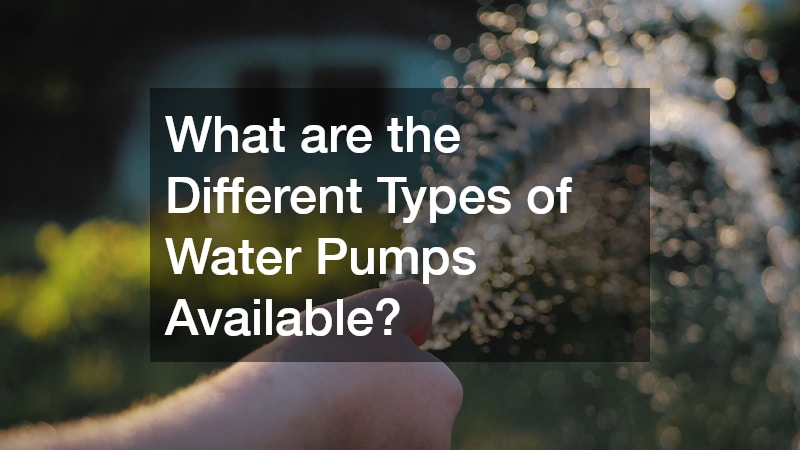
When choosing a water pump and filter system, understanding the types of pumps available is fundamental. Each type serves different purposes and fits specific scenarios. The most common types include submersible pumps, centrifugal pumps, and booster pumps.
Submersible Pumps
Submersible pumps are designed to be fully submerged in water, making them ideal for drawing water directly from wells or deep ground water sources. These pumps sit inside the well casing and push water upward through the piping system. They’re often paired with a pressure tank to maintain consistent water flow and pressure, so they’re handy.
Submersible pumps are efficient, quiet, and less prone to issues like overheating, as the surrounding water cools the motor. For homes relying on well water or those with water wells servicing irrigation systems around decorative concrete patios or outdoor deck areas, submersible pumps are typically the best choice.
Centrifugal Pumps
Centrifugal pumps operate by using a rotating impeller to move water through the system. They’re commonly used for surface water pumping, such as from ponds or cisterns, or for boosting pressure in irrigation setups. These pumps sit above ground and are often used in conjunction with filter systems for water treatment.
They’re versatile and relatively easy to maintain, making them popular for garden irrigation and pressure washing companies who need reliable water pressure. However, they require priming before use and can be less efficient when pumping water from deep wells compared to submersible pumps.
Booster Pumps
Booster pumps are designed to increase water pressure in an existing system. They’re often installed in homes where the well pump or municipal supply provides insufficient pressure for showers, irrigation, or other needs. Booster pumps can be installed alongside pressure tanks or as part of a sump pump installation for flood prevention.
In residential settings with multiple outdoor features like a patio cover, deck builder projects, or asphalt paving service areas, booster pumps help maintain consistent water pressure across all zones, ensuring efficient irrigation and water supply.
How Do I Determine The Right Pump Size For My Needs?
Choosing the correct pump size is critical to avoid undersized or oversized systems that waste energy or fail to deliver adequate water flow.
Calculating Flow Rate Requirements
Start by calculating your flow rate—the volume of water you need per minute or hour. This depends on your household size, irrigation needs, and any outdoor water features. For example, a garden with decorative concrete features and a patio cover might require a steady flow to maintain plants and wash down hardscapes.
A typical home irrigation system might need anywhere from 10 to 20 gallons per minute (GPM), but precise calculations based on your fixtures and zones will guide you to the right pump.
Understanding Head Pressure
Head pressure refers to the height water must be lifted and the friction losses in the pipes. If your water well is deep or you’re pumping water uphill to an elevated patio or deck area, you need a pump that can overcome this “head.”
Measure the vertical distance from your water source to the highest delivery point, including the length and diameter of pipes, to understand your system’s head pressure requirements.
Considering The Distance And Elevation
The horizontal distance the water must travel also affects pump selection. Longer pipe runs, common in larger properties with features like asphalt paving service entrances or septic installations, require pumps that can maintain pressure over distance without significant loss.
Taking both distance and elevation into account ensures your water pump and filter system delivers consistent pressure where it’s needed.
What Should I Look For In A Water Filter System?
Choosing the right filter system complements your water pump by ensuring water quality for your home and garden.
Types Of Water Contaminants
First, understand what contaminants you need to filter. Ground water may contain sediments, iron, sulfur, bacteria, or other impurities. If you’re on a water well, testing your water helps identify what filtration technologies to prioritize.
Filtration Technologies
Common filter types include sediment filters, activated carbon filters, and reverse osmosis systems. Sediment filters remove sand and dirt, protecting your pump and plumbing. Activated carbon filters improve taste and remove chemicals, while reverse osmosis offers the highest purification, though usually reserved for drinking water systems.
Many setups combine multiple stages, ensuring your water pump and filter system protects your home’s plumbing and supports irrigation without clogging or damage.
Maintenance And Replacement
Filter systems require regular maintenance. Check manufacturer guidelines for how often to replace filter cartridges or clean filter media. Neglecting maintenance can reduce water flow, strain your pump, and degrade water quality, especially important around septic installations or near decorative concrete where excess moisture or contaminants can cause damage.
Which Material Is Best For Water Pump Durability?
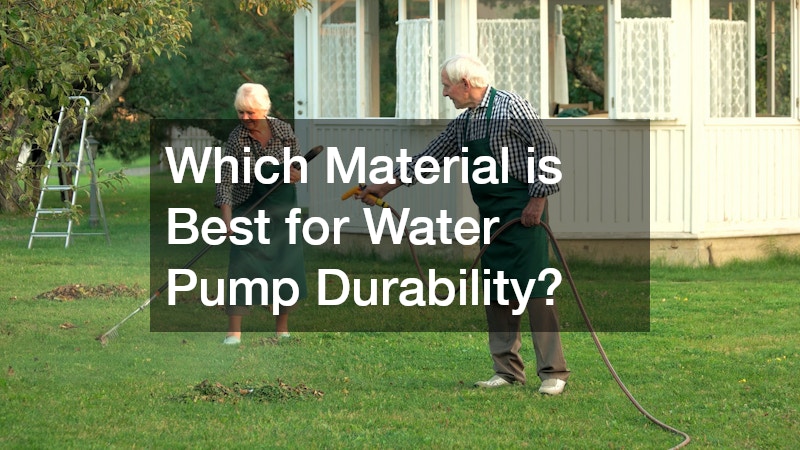
Your water pump endures constant operation and exposure to moisture, so durability is key.
Stainless Steel
Stainless steel is highly resistant to corrosion, making it ideal for pumps exposed to ground water or harsh environments. It’s commonly used in well pumps and submersible models where longevity and reliability are crucial.
Cast Iron
Cast iron pumps are robust and heavy-duty, suitable for high-pressure applications. They’re common in booster pumps and some centrifugal pumps, offering good resistance to wear but requiring proper maintenance to prevent rust.
Plastic And Composite Materials
Modern pumps sometimes use reinforced plastic or composite materials to reduce weight and cost. These materials resist corrosion but may not be as durable under heavy use. For residential garden irrigation or light sump pump installation needs, plastic pumps can be cost-effective and reliable.
Is Energy Efficiency Important In A Water Pump System?
Energy efficiency impacts your utility bills and environmental footprint, making it an important consideration.
Energy Consumption Levels
High-efficiency pumps use advanced motors and design to reduce electricity consumption while maintaining performance. Variable speed pumps adjust flow based on demand, saving energy during low-use periods.
Cost Savings Over Time
Though efficient pumps may cost more upfront, lower energy use translates into savings over the pump’s lifetime, especially for systems running continuously to supply water wells or garden irrigation near your deck builder project or patio cover area.
Environmental Impact
Using energy-efficient pumps aligns with sustainable practices, reducing greenhouse gas emissions and conserving resources. This is especially relevant if your property features septic installations or other eco-conscious infrastructure.
Can I Install A Water Pump And Filter System Myself?
DIY installation may be feasible depending on your skills and equipment but comes with risks.
Assessing Your Skills And Equipment
Installing a water pump and filter system often requires plumbing, electrical, and mechanical knowledge. You’ll need tools like pipe wrenches, voltage testers, and possibly trenching equipment for underground piping.
Step-By-Step Installation Guide
If you’re confident, follow manufacturer instructions closely. Key steps include:
-
Shutting off power and water supply
-
Removing old pump and filter (if replacing)
-
Positioning the new pump (submersible pumps go into wells; centrifugal and booster pumps mount on stable surfaces)
-
Connecting pipes securely with proper fittings
-
Installing the filter system inline or near the pump
-
Wiring the pump motor safely with proper grounding
-
Testing the system for leaks and proper operation
When To Hire A Professional
If you lack experience with electrical wiring or plumbing, or if local regulations require permits and inspections, hiring a licensed professional is the safer choice. This is especially true when installing pumps connected to your water well or septic installations to ensure compliance and safety.
What Are The Cost Considerations For A Water Pump And Filter System?
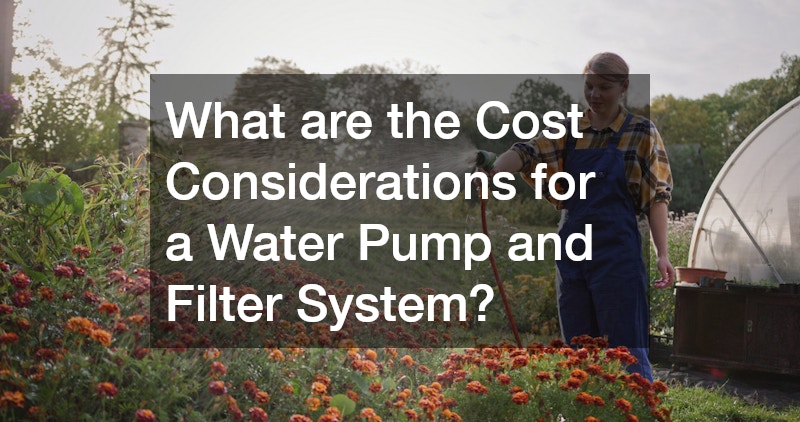
Budgeting for your water pump and filter system involves more than just the purchase price.
Initial Purchase Price
Pump costs vary widely by type, size, and materials. Submersible well pumps and advanced filter systems cost more upfront than simple surface pumps or sediment filters.
Long-Term Maintenance Costs
Factor in filter replacements, routine servicing, and potential repairs. Neglecting maintenance can lead to expensive breakdowns or replacements.
Potential Utility Savings
Energy-efficient pumps and well-sized systems can reduce electricity bills, making them more economical over time despite higher initial costs.
How Do I Maintain My Water Pump And Filter System?
Regular maintenance keeps your system running smoothly and extends its lifespan.
Routine Inspections
Check for leaks, unusual noises, or vibration. Inspect electrical connections and ensure the pump motor isn’t overheating.
Cleaning And Replacing Filters
Follow the manufacturer’s schedule for filter changes. Clean sediment filters regularly and replace activated carbon or reverse osmosis membranes as needed.
Troubleshooting Common Issues
Low water pressure may indicate clogged filters or worn pump parts. Pumps that won’t start could have electrical issues or need priming. Address issues promptly to avoid damage.
What Safety Features Should I Consider?
Modern water pump and filter systems often include helpful safety features to protect equipment and users.
Automatic Shut-Offs
These prevent the pump from running dry or overheating by stopping operation if water flow ceases.
Self-Priming Features
Self-priming pumps eliminate the dire need for manual priming, reducing installation complexity and risk of damage.
Overheat Protection
Thermal overload protection safeguards motors from damage due to excessive heat.
Are There Any Environmental Factors To Consider?
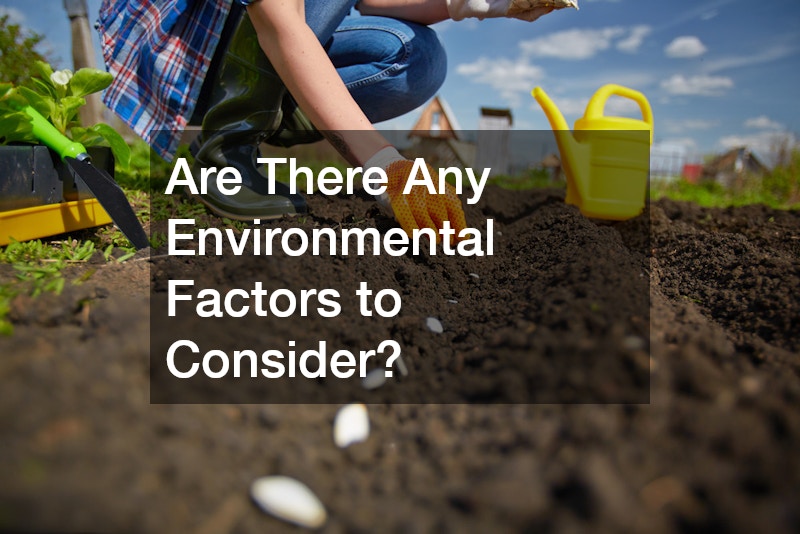
Environmental conditions can affect system performance and legal requirements.
Water Source And Quality
Ground water quality varies widely; poor water can clog pumps or filters quickly. Testing water helps select the right filtration technologies and pump materials.
Local Climate And Conditions
Cold climates may require freeze protection or insulated piping, especially for systems serving outdoor patios or decks. Hot, humid climates can accelerate corrosion.
Regulations And Permits
Local regulations may dictate allowable pump types, installation practices, and water usage. Check with authorities before starting work, especially when connecting to water wells or septic installations.
Conclusion
Choosing the right water pump and filter system for your beautiful home or garden requires a balanced understanding of your water needs, site conditions, and budget. Whether you’re managing water from a ground water source, a water well, or municipal supply, selecting the correct pump type, size, and filter system ensures reliable, efficient water delivery.
Durability and energy efficiency go hand in hand, so selecting quality materials like stainless steel or cast iron can provide longevity, while modern motor designs reduce electricity costs and environmental impact. Proper installation, whether DIY or professional, and ongoing maintenance are essential to keep your system functioning optimally.
Remember to factor in local conditions, water quality, and regulations to ensure your water pump and filter system complies with safety standards and environmental considerations. With the right setup, your home’s water needs—including irrigation near decorative concrete, patio cover water management, or supporting septic installations—will be met efficiently for years.
Investing time in understanding these elements will save you headaches, reduce costs, and improve your water’s reliability and quality. This makes your home and garden a better place to live, work, and relax.
